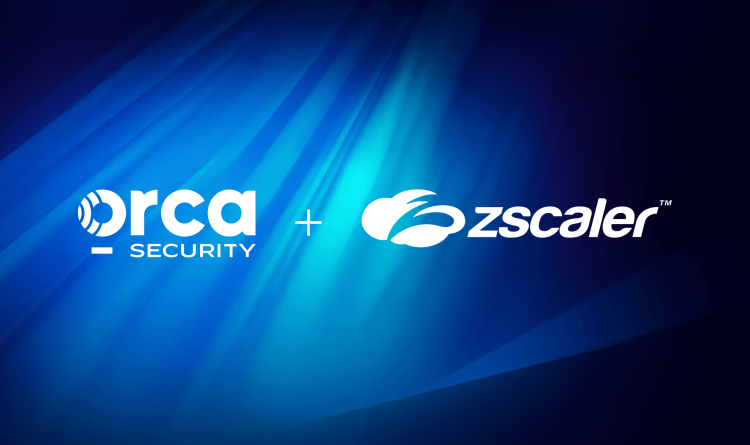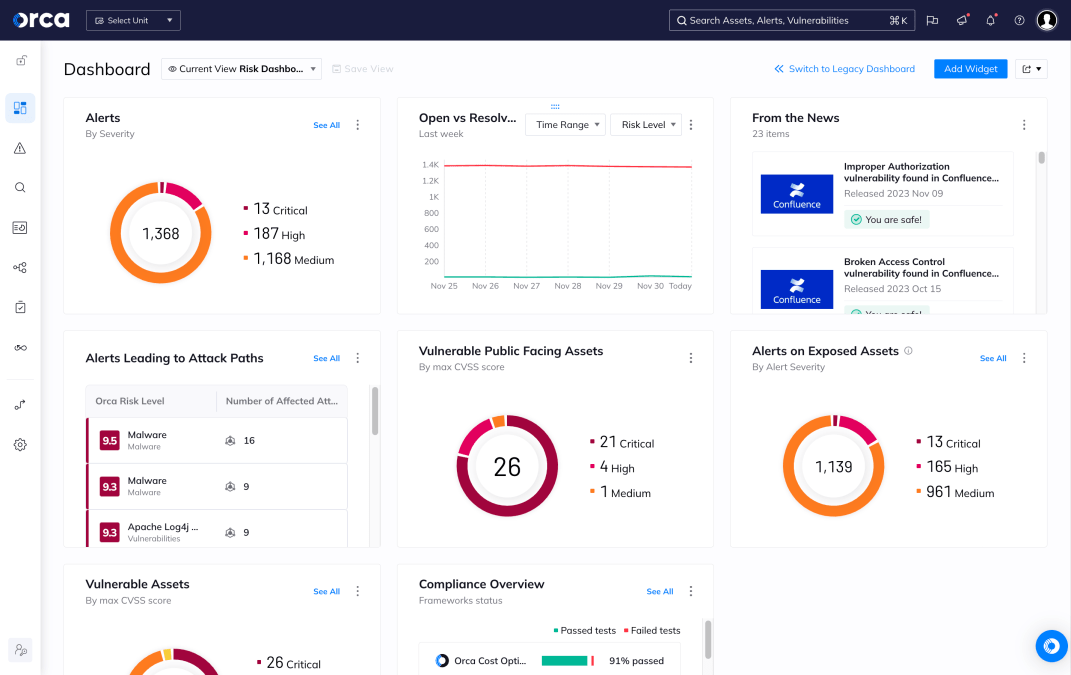Network segmentation is the practice of dividing a computer network into smaller, isolated subnetworks or segments to limit the scope of potential security breaches and improve network performance. This cybersecurity strategy creates logical or physical boundaries between different parts of an organization’s network infrastructure, controlling how data flows between segments and restricting unauthorized access to sensitive resources. Network segmentation serves as a foundational element of defense-in-depth security architectures and is especially critical in cloud environments, where traditional perimeter-based models are no longer sufficient.
Why is it important?
Network segmentation plays a crucial role in preventing lateral movement. Once attackers gain initial access to a network, they often attempt to move laterally—across systems and applications—to escalate privileges and access valuable data. Without segmentation, a single compromised system may provide access to an entire infrastructure. According to NIST’s Zero Trust Architecture guidelines, network segmentation is essential to enforce granular trust boundaries, ensuring users and devices cannot access resources without explicit authorization.
Beyond breach containment, segmentation is vital for compliance. Standards like PCI DSS, HIPAA, and GDPR require organizations to isolate sensitive data from general network traffic and apply appropriate access controls. By placing regulated systems in distinct segments, organizations reduce the likelihood of unauthorized access and simplify compliance audits.
Segmentation also benefits performance. It limits broadcast traffic and ensures that local traffic remains within each segment, improving efficiency and reducing congestion.
How does it work?
There are multiple technical approaches to network segmentation:
- Physical segmentation: Uses separate switches, routers, and cabling to isolate network segments. This provides strong isolation but is costly and complex to manage.
- Logical segmentation: Utilizes technologies like VLANs, VPNs, and subnetting to define boundaries within shared infrastructure. This is more flexible and scalable for modern networks.
- Microsegmentation: Applies granular, workload-level segmentation within cloud or virtual environments. Using software-defined networking (SDN), administrators can apply security policies to individual workloads or applications.
Firewall rules and access control lists (ACLs) enforce traffic flow policies between segments, often using the principle of least privilege. Advanced deployments include:
- Network Access Control (NAC) systems to dynamically assign devices to appropriate segments
- Software-defined perimeters to enforce identity-based access to network resources
Security risks and challenges
While network segmentation enhances security, its implementation presents challenges:
- Improper design: Incomplete segmentation can leave critical systems exposed to less secure areas of the network.
- Configuration drift: Over time, changes made without centralized oversight can weaken segmentation and create inconsistencies.
- Legacy application dependencies: Older applications may assume open communication across systems. Segmenting them without disrupting operations requires detailed mapping and analysis.
- Cloud complexity: In cloud environments, static segmentation approaches fall short. Auto-scaling workloads and dynamic services require adaptive, cloud-native segmentation methods.
- Policy misconfigurations: Even with segmentation in place, poorly defined security group rules or ACLs can nullify its effectiveness.
CISA warns that without proper planning, segmentation can unintentionally introduce vulnerabilities or operational disruptions.
Best practices and mitigation strategies
To implement and maintain effective segmentation:
- Begin with visibility: Use asset discovery tools to inventory devices, workloads, and data flows across on-prem and cloud environments.
- Align with data classification: Segment systems based on the sensitivity of the data they process—e.g., placing PII in restricted zones.
- Separate environments: Isolate development, testing, and production to minimize the risk of accidental exposure or privilege escalation.
- Use automation and orchestration: Consistently enforce policies with tools that support SDN and infrastructure-as-code.
- Baseline normal behavior: Monitor traffic to understand what communication is necessary and identify anomalies after segmentation.
- Regularly validate segmentation: Perform audits, red team exercises, and simulated attacks to assess segmentation strength.
- Plan incident response: Ensure response teams can trace threats across segments and isolate affected systems quickly.
Segmentation is not a one-time exercise—it requires continuous monitoring and updates as networks evolve.
How Orca Security helps
The Orca Cloud Security Platform streamlines network segmentation for cloud environments by providing deep visibility, risk insights, and remediation guidance. Key capabilities include:
- Agentless-first cloud asset discovery: Automatically identifies all cloud resources—and their network-related information—across accounts and regions.
- Risk prioritization: Detects risks such as misconfigurations in security groups, overly permissive firewall rules, and inconsistencies between intended and actual segmentation policies and prioritizes them based on severity and business impact.
- Attack path analysis: Identifies how an attacker could laterally move across cloud resources due to segmentation gaps, helping prioritize fixes based on real-world risk.
- Fast and easy remediation: Offers flexible options for remediation, including AI-driven and assisted options that provide code fixes and instructions on demand.
- Deep integrations: Provides two-way integrations with ticketing systems, security tools, and productivity platforms for enhanced collaboration, visibility, and more.
Orca helps organizations proactively strengthen segmentation and limit attack paths across multi-cloud environments.



